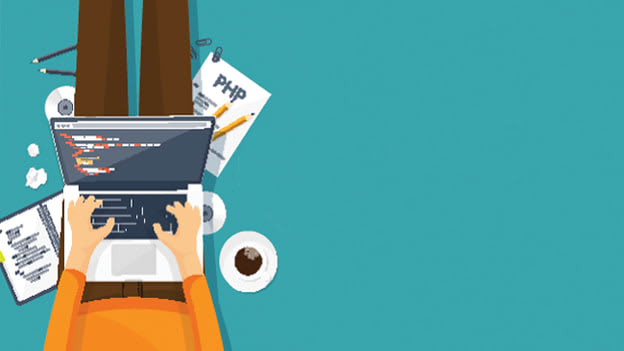The future of remote working and digital preparedness

The onset of the COVID-19 pandemic has fundamentally altered many aspects of people’s lives and livelihoods, some of which are probably here to stay for a long time to come. The need for social distancing has compelled many businesses to explore working from home that has enabled them to protect their employees, customers, and communities of people that are dependent on them. The COVID-19 pandemic has thus in effect given a new address to the workplace; home. It begs of us to question if remote working is the new normal.
While the COVID-19 pandemic has been with us for only few months at best and ushered in a new work-life balance, it also now requires businesses to examine the sustainability of remote working in the near future. While the jury is still out on the prospects of adopting remote working practices as a new normal, some leading platforms for business research and leading IT companies have begun to share their insights. For instance, a recent article published by Forbes shared that a California based company had witnessed a 47% increase in productivity due to its employees working from home during the ongoing pandemic. Similarly, a leading Indian business publication also presented anecdotal evidence that the Indian IT industry has switched to a remote working environment, with its employees either working from homes in metropolitan cities or small towns. It shall be interesting to observe the performance of leading Indian IT companies like TCS that have migrated to a new model of remote working with 75% of their employees across the globe working from home and only 25% of them working from office locations. There are many changes which we will see in this new normal:
Better Work-Life Integration May Pivot People’s Preferences Towards Remote Working
It has also allowed employees to explore ways to work with flexibility and find better work-life integration, which was not possible in the old model. In fact, it makes sense to conjecture that many employees would like to continue working from home. Such conjectures have also been testified by intellectuals from ivy league business schools globally with many of them like Adam Grant, professor of organizational psychology at the Wharton School, the University of Pennsylvania projecting that employees are likely to be more thrilled at the joy of missing out on having to dress up for the workplace and having to commute for work.
Remote Working to Make Workforces More Inclusive; to Boost Diversity
The new normal of remote working should also ideally give way to more inclusive and diverse workplaces by virtue of zeroing down the gap for many individuals who may have not been able to join the workforce due to locational or personal constraints. Similarly, it would also allow young mothers to access greater opportunities to work and thus help businesses to improve the participation of women in the workforce and the economy. It should also make way for more fluid organizational and team dynamics with interpersonal conflicts reducing, as people look to embrace the new model of working.
Trust and Collaboration to be Challenging, New Models of Employment to Rise
However, a transition to the new model shall not be completely bereft of challenges. It shall require businesses to explore new ways of managing teams to accommodate the reduction of in-person time, engage remotely with employees, create trust, and drive collaboration. Moving forward, new patterns of employment like the subcontracting model in the United States and Western Europe may become more popular.
Leaner Structures to Necessitate Greater Autonomy and Accountability of Leaders
Many businesses are trying to become leaner, and in the process making their organizational hierarchies flatter. This implies that power distances in organizations in the post-COVID-19 era are deemed to get shorter, with team leaders having greater autonomy to leverage existing human resources. On the other hand, it also implies while leaders will be encouraged to run their teams independently, they shall also be required to have greater accountability for the manner in which they shall choose to respond to local risks, challenges, and opportunities.
Greater Mentorship and Empowerment of People
This in turn means that organizations in the post COVID-19 era will have to be more objective and outcome-oriented in their approach towards performance management. There will be a greater need for mentorship and coaching as leaders shall look to create more distributed teams with greater on-ground empowerment at the point where the corporation meets the customer.
Plan for digital processes and data security risks
The lockdown caused by the COVID-19 pandemic had allowed large corporations as well as small businesses to run a pilot project and conduct trial runs of their digital infrastructure, IT systems, communication, data security and collaboration platforms and realized several benefits of transitioning to working from home, which should eventually allow them to scale up and adopt the model in the long run.
Looking Ahead: The Future of Remote Working and Digital Preparedness
There is already enough empirical evidence to suggest that the magnitude and form of the digital divide are emerging as key differentiating factors among economies and businesses in determining their ability to stay afloat amidst the global disruptions. We may witness the rise of a new paradigm of competitive advantage based on the digital preparedness of corporations and its consequent effect on their ability to stay operational and relevant amidst disruptions. For businesses to insulate themselves from disruptions they need to adapt to more digitized workflows and look to migrate the location of their workplace from brick and mortar infrastructure to a cloud-hosted address.















